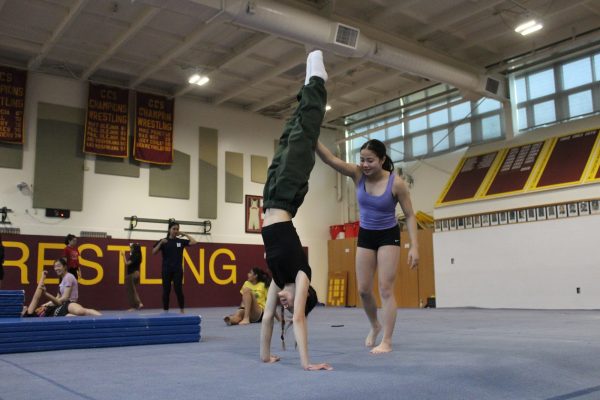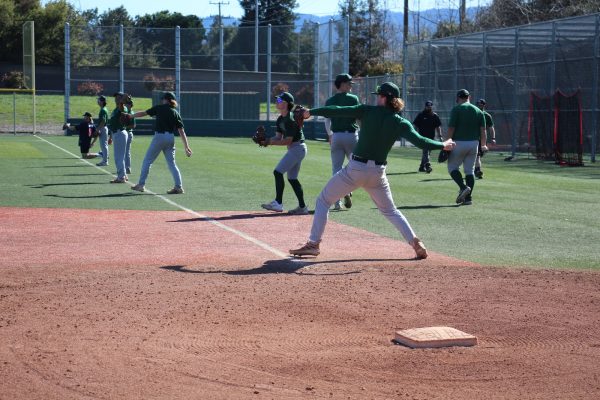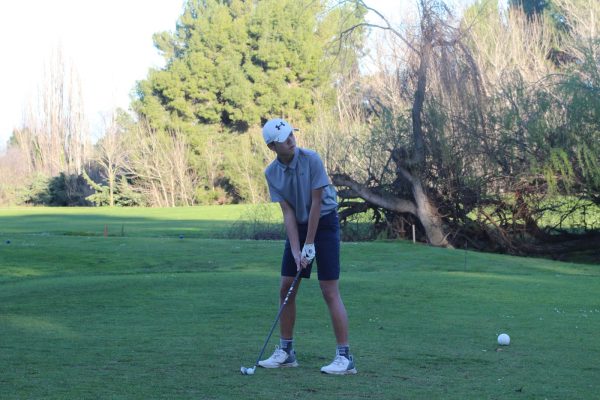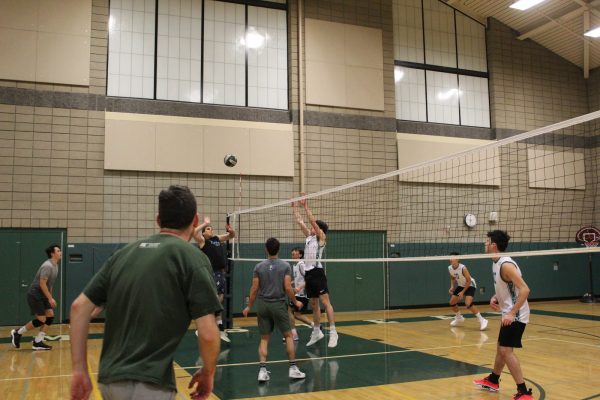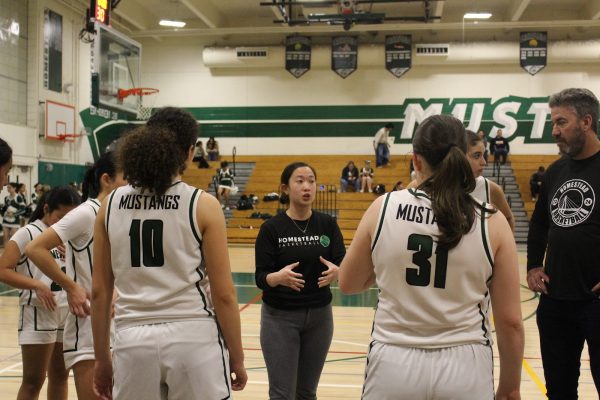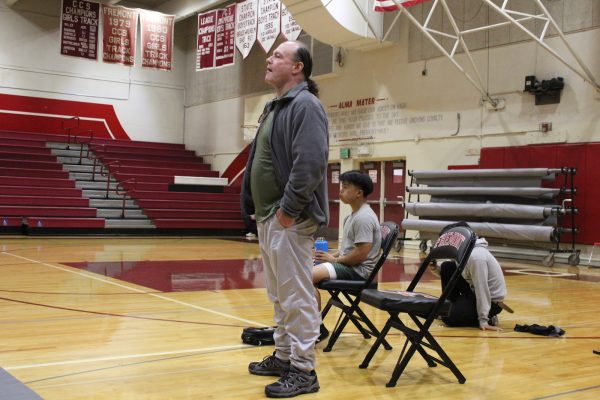The weight struggle of a wrestler
 Photo by Max Askren
Photo by Max Askren
Losing one or two pounds may not seem daunting for some people, but for wrestlers, one-tenth of a pound makes all the difference in assessing whether or not they are eligible for a tournament or a match.
There are 14 weight classes ranging from 113 to 285 pounds at HHS. Wrestlers are assigned to one or two weight classes and have to maintain that weight throughout the season.
Losing or gaining weight depends on your body fat percentage (BFP). For an athlete the average BFP is between six to 13 percent, according to the US National Library of Medicine. To wrestlers, this shows them the lowest possible weight they can be while being considered healthy.
Wrestlers weigh themselves everyday at the beginning and at the end of every practice to see if they are close to their weight class. How much they weigh that day can change how intense they practice.
“[It] would make practice a lot harder because you have to put on a lot of clothes and you can’t drink water during water breaks,” senior wrestler Bryce Flickner said.
On match or tournament days, weight can be the most stressful factor for a wrestler. During morning or afternoon weigh-ins, many wrestlers who are overweight will run laps or do any form of exercise while fully clothed in sweatshirts and sweatpants to lose the amount of weight they are over before weigh-ins close.
“During the Los Gatos tournament, I was a pound over and I had to run four to five miles for me to drop that one pound during that morning,” junior wrestler Dylan Robinson said.
Wrestlers control their weight by watching what they eat on certain days. Some days wrestlers will only eat celery for dinner if they are overweight the night before a match.
“The way I maintain weight is not necessarily eating healthy but just the portions that I eat,” Robinson said.




